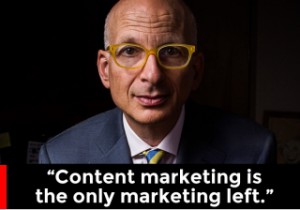A well-crafted landing page can drive more traffic to your website. But visitors have to find your landing page before you can direct them to your website. SEO copywriting is the art of writing copy that helps your content to rank well in searches. This is how copywriters in South Africa get your company in front of potential customers.
- Attention-grabbing headlines
Without a headline that ticks all the boxes, your visitors won’t click on the link to read the rest of your content. Studies have shown that headlines with a number in the title tend to attract more attention.
If you want your whole headline to show up in search results, keep it down to 65 characters or less. Include at least one of your keywords in your headline for best results.
- Crisp and clear copy
Your visitors are busy people, so keep your content short and sweet. Remove adverbs and use the active voice to hold their attention. Delete unnecessary details and don’t explain the obvious.
- Answer every question
Don’t be afraid of including as much information as you need to answer all your prospects questions. While your copy shouldn’t be bloated, there’s no limit to the length of your landing page. It may depend on your product or audience, but always take the opportunity to provide visitors with all the information they need to make a decision.
- Speak to your customer
Don’t be tempted to rattle on about your company or your product. The focus should be on the prospect and what benefits they’ll get from using your products and service. Use the words ‘you’ and ‘your’ before ‘we’, ‘us’ and ‘our’. This is a tip that can be applied to any form of copywriting.
- Include long-tail keywords
Did you know that 40% of searches consist of phrases made up of four words? Copywriters know that while long-tail keywords may only be searched for every 2 – 3 months, it’s still important to include them. Your landing page should draw qualified leads to your website. If a visitor has used a long-tail keyword to find your landing page, chances are they’re interested in what you have to offer.
Quick tip: Managing the data of short-tail and long-tail keywords can be challenging at scale. Use a tool like Linkio to keep your various keywords organized.
- Use the language your customers use
Blog comments, social media sites and product reviews are all places where you can get a feel for the language your customers use. Learn how to speak to them in a language they understand and your landing page will resonate better with new visitors.
- Make your content original
Search engines don’t appreciate duplicate content. Make sure the copy you use on your landing pages is original and unique. While you can copy style and content, don’t be tempted to copy and paste words directly from another page on your website.
If you’re battling to write your own landing pages, consider hiring a South African copywriter with the skill of writing landing pages that deliver. It takes time to produce a well-crafted landing page, but it’s worth the effort. A landing page that’s SEO-focused will drive qualified leads to your website and increase your profits.










